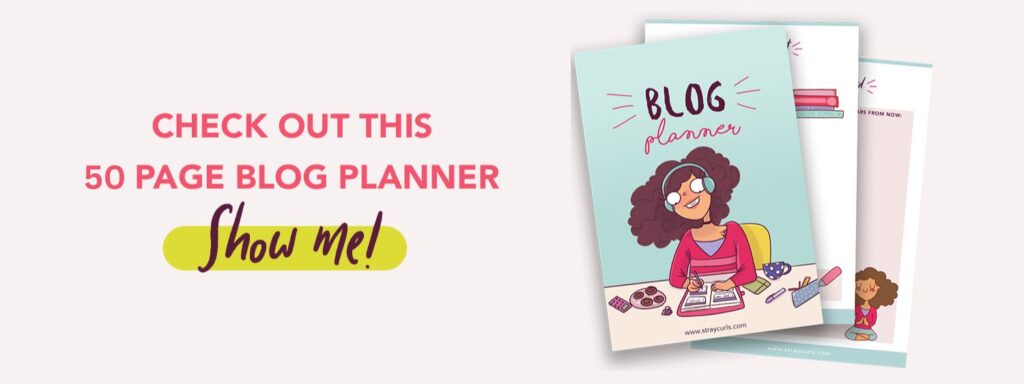When it comes to blogging, there are a lot of different ways to approach the topic. If we will review the best examples of a blog post, we will notice that they are either about personal experiences, or they are offering some advice, tips, or tricks.
If you want to know what a great blog looks like, then this blog post is for you. Here, I will outline the key components that make a blog successful and share some best blog post examples. I hope that this information will help you create engaging and informative posts that your readers will love!
Want to save this post for later? Pin the image below!

Affiliate Disclosure: This page contains affiliate links which means that if you click on the link and purchase the item, I will receive an affiliate commission at no extra cost to you. See my full disclosure policy here.
What Should A Blog Post Include?
The best examples of a blog post will typically include the following elements:
- A catchy headline that accurately reflects the content of the post
- Engaging and well-written content that is relevant to the headline
- Images, infographics, or videos that help to break up the text and add visual interest
- Links to other relevant articles or websites
- A call to action, such as subscribing to your blog or following you on social media
Now that we know what makes a great blog post, let’s take a look at some examples!
Best Examples of a Blog Post
Example # 1
Our first example is a blog from a boutique digital marketing agency, B Squared Media. Their post, “How Much Content Should I Be Creating?” does a great job of addressing a common question that many businesses have about their content strategy.
In addition to providing helpful advice, the post also includes relevant images and statistics that help to illustrate its points. The headline is catchy and relevant, and its final statements encourage engagement from the readers.
Example # 2
The next example comes from Neil Patel’s blog written by James Noble. Noble’s post, “Truth Will Out – Why Authenticity is the Key to Growing Your Business” is a great example of how you can use your personal experiences to connect with your audience.
Noble shares his story of starting a successful business and offers advice based on the lessons he learned along the way. The post is relatable, transparent, and provides value to the reader.
Aside from the helpful tips and relevant statistics, he also included a checklist and several screenshots to make it easy for readers to follow his discussion.
Example # 3
Our last example, of course, is published by yours truly. My post, “Formulas for Writing Catchy Subject Lines to Get Your Emails Opened” provides helpful tips and examples for businesses who want to improve their email marketing strategy.
As you can observe, I made sure that the headline is attention-grabbing, and the content is both informative and relevant to my audience.
I tackled the reasons why subject lines are important and gave tips on how to craft a catchy subject line. I also included examples of the best subject lines so that readers could see what a great subject line looks like.
Conclusion
As you can see, there are a few key elements that make up a great blog post. From having a catchy headline to including helpful tips and examples, these examples of a blog post show that there is more to consider than just writing.
So, go ahead and put the tips I’ve mentioned into practice, and see how they can help you take your blog to the next level. I can’t wait to see what you come up with!
Also, don’t forget that planning is the key! Plan your blog posts using this super cute printable blog planner by Stray Curls so that you’ll never run out of blog post ideas ever again!

Choose a PIN to share!




0 Comments